After finishing the last of my grits, I was on my bike and on the road again by seven. It was easy to find my way out of town and pretty soon I was in Chiapa de Corzo again. I headed for the toll road to San Cristóbal but was stopped at the gates. After some confusing dialogue, an English speaking guard approached me and gave me directions to the non-toll road. At first I was disappointed, it was a narrow road with virtually no shoulder to ride on. But pretty soon I realised I didn’t need a shoulder to ride on at all; every single driver that passed me was totally respectful, gave plenty of room and gave me a warning honk if they could see there wasn’t much room. It was great, I’ve never had so many honks and waves and greetings from drivers and pedestrians.
The road wound upwards into the hills and by the time I got to the summit, I’d risen two thousand metres over a climb of forty-three kilometres. The road had so many curves that on three separate occasions I passed cars that had pulled off onto the side of the road to allow one of the passengers to vomit. Halfway up, I stopped to talk to a grinning Spaniard cyclist who was heading downhill. Carlos was one of those legends riding from Chile to Alaska. He’d already spent a year in South America and met and fallen in love with a fellow cyclist, a South African girl. He asked me the route I’d taken and had a lot of questions about the North American bears, admitting that he was starting to freak out about the idea of them. He sadly told me I had another kilometre of climbing to go but recommended a good hostel to stay in at San Cristóbal.
As we parted ways, my eyes started screwing up. My sight distorted in the lower left, almost as though I was wearing glasses with broken lenses. I kept riding for another kilometre or two, but it soon got to the point where I could barely see the road properly.
I pulled into a small roadside drink shop and almost dropped Stef, I felt really faint and weak. I sat down for a while, ordered a Sprite and ate some of my salted peanuts and an apple. I couldn’t even read the ingredients on the Sprite bottle. I sat there in a stupor for half an hour.
Feeling a little better, I hopped back on the bike again and made another two or three kilometres before the eye sight distortion came back much worse, almost causing me to crash the bike. I sat down on the side of the road and really thought that I’d soon pass out. I’ve fainted once before; it started with a ringing in my ears, gradually turning into a sound like thundering surf. At the same time, all I could see through my eyes was black and white noise, just like the static on an un-tuned TV. But this time it felt different. I tried to rationalise what I’d done wrong. Was I dehydrated? I took a leak and it was clear as water. My skin wasn’t clammy or dry. In fact I was sweating buckets. Then I figured I may have drunk too much. I’d already finished my six litre water bag and one water bottle before eleven in the morning (Hyponatremia?).
I rested on the roadside for another half-hour and then started walking my bike. My vision eventually came good but left me with a bad headache on the left of my forehead. When I hopped on the bike again, I put it in granny gear and took it slowly.
I reached the summit and got to enjoy about eight kilometres of downhill into San Cristóbal. It was a good… no…it was a great feeling riding into town and having a bunch of surprised/impressed tourists gawking at you, it kicks the shit out of arriving by bus.
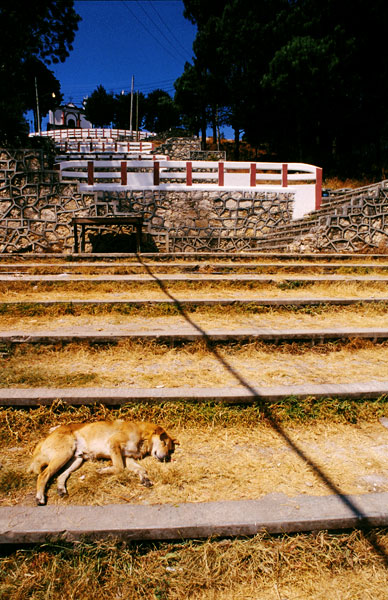
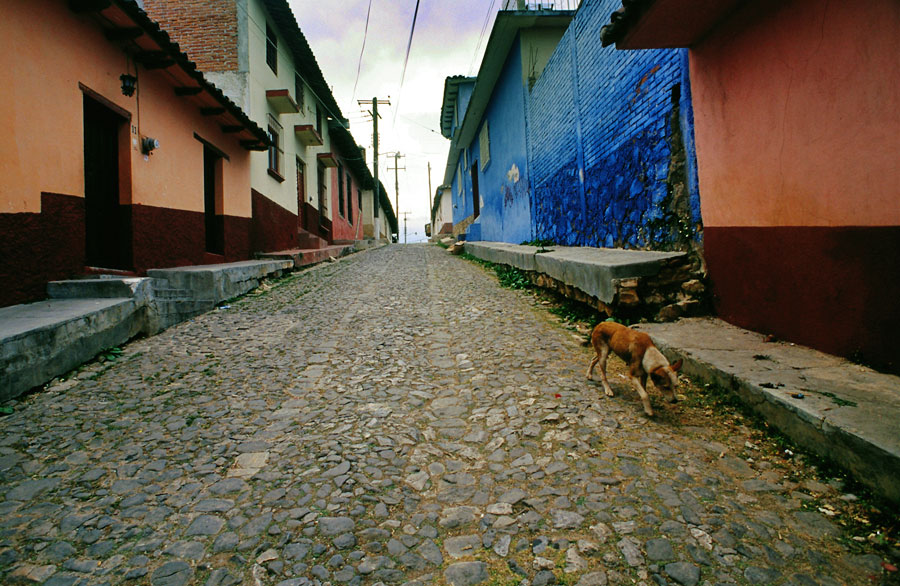
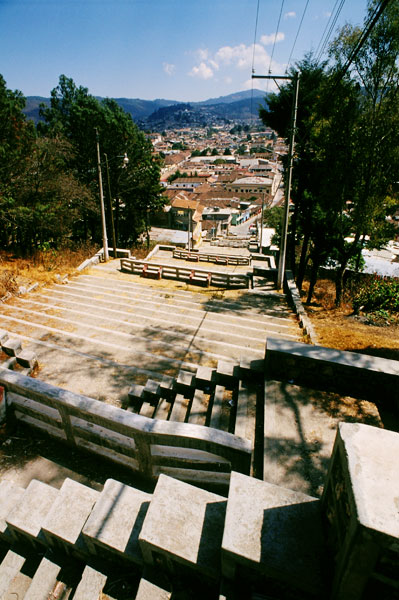
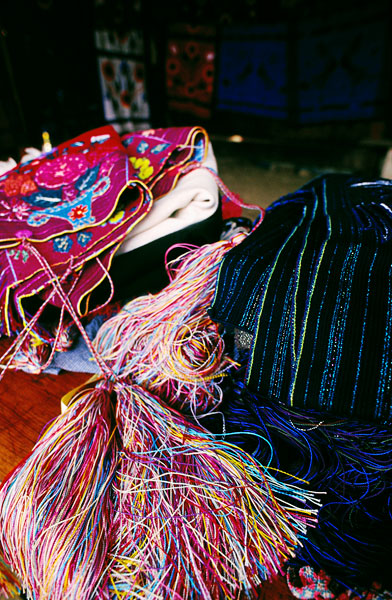
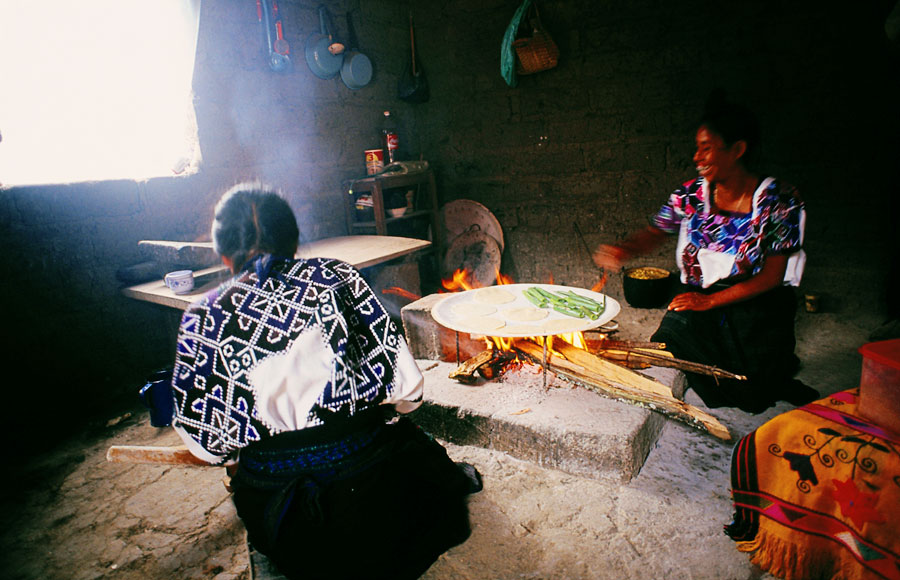

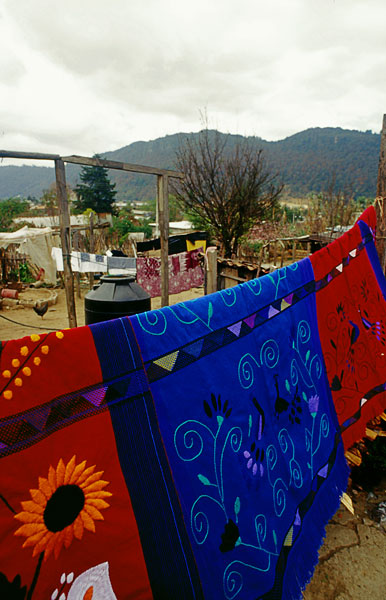

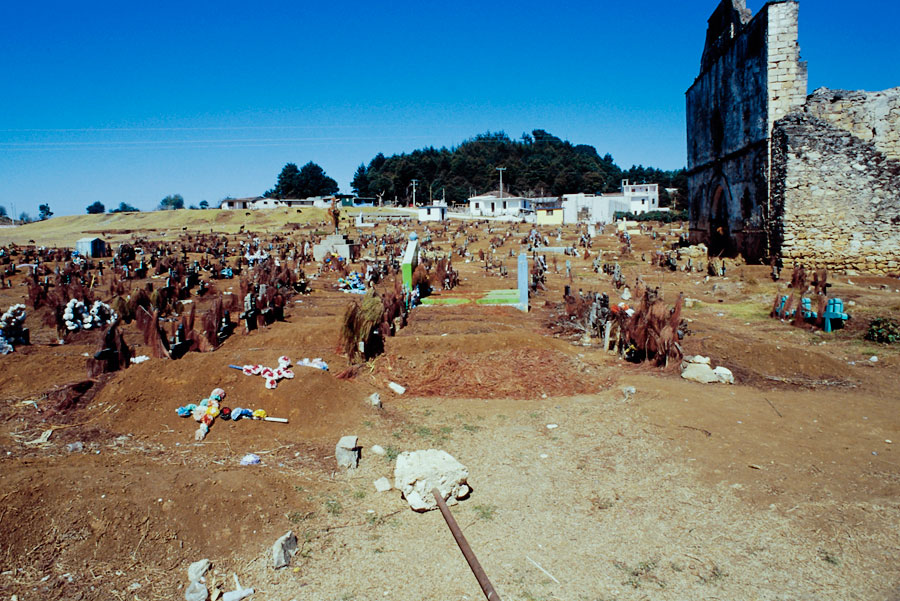

No Comments